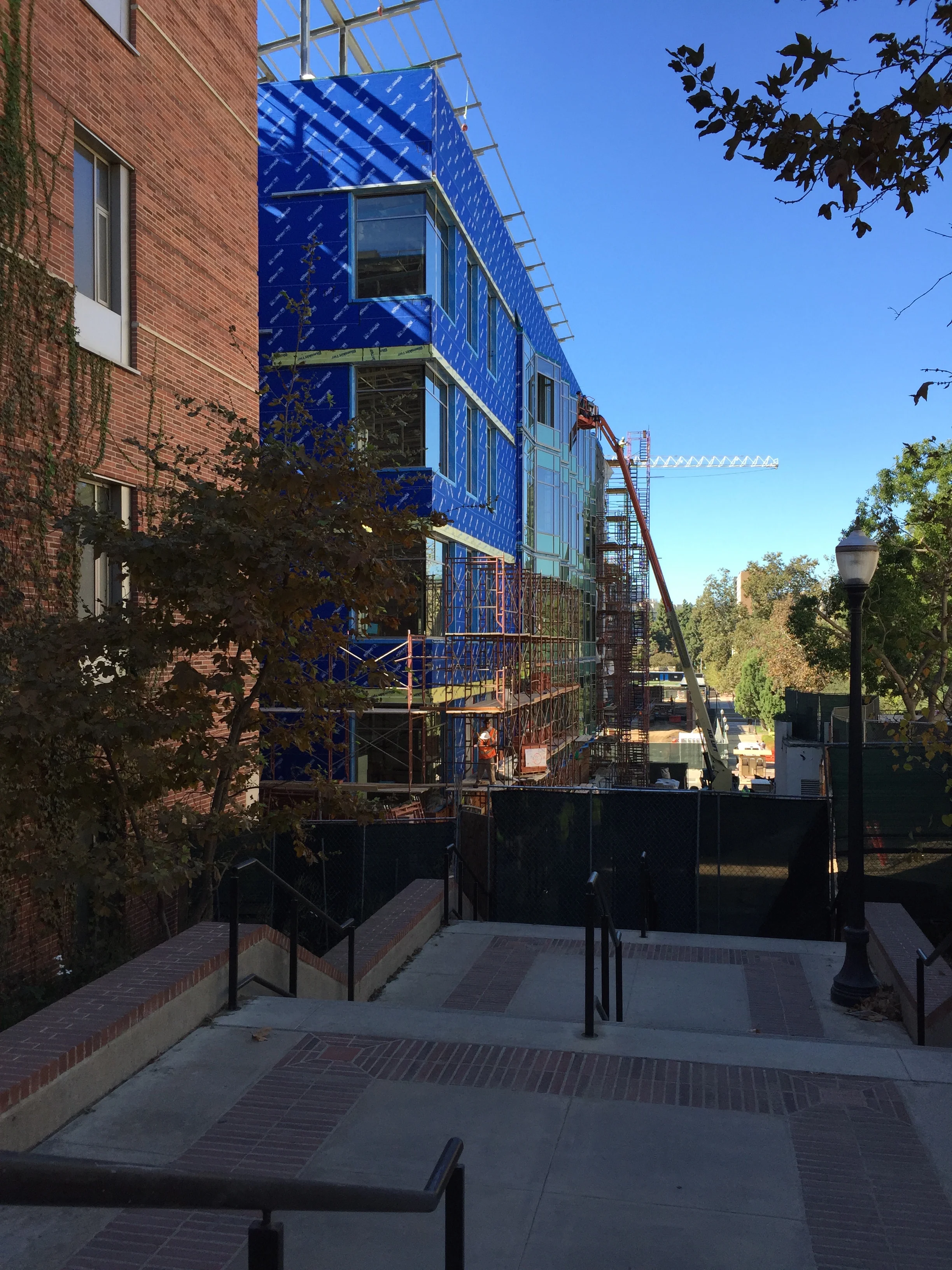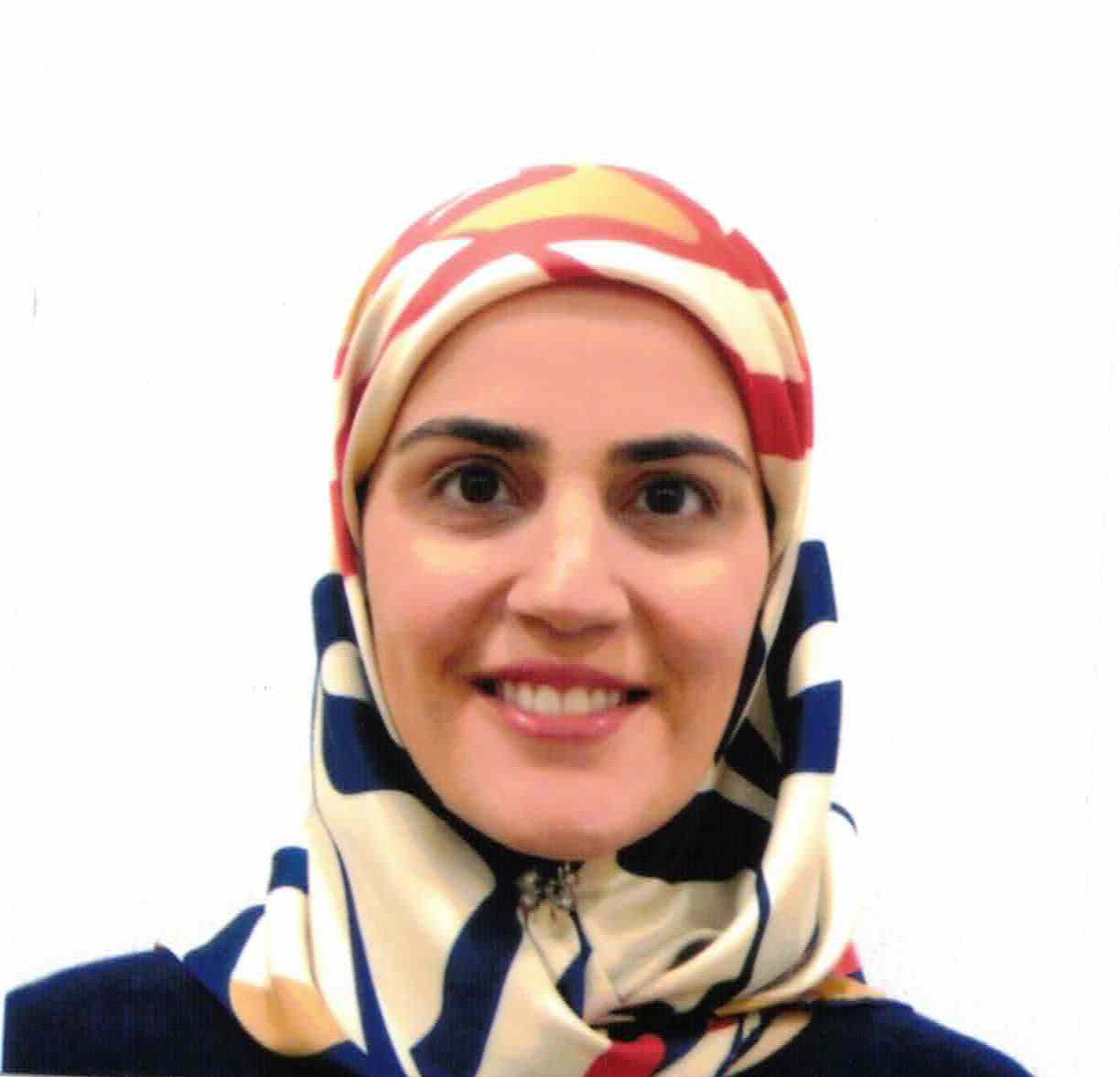The Women in Risk Sciences
/In honor of Women History Month, International Day of Women and Girls in Science (Feb 11th), and International Women’s Day (Mar 8th), the Institute would like to highlight a few of the female students and researchers that compose the producing knowledge and advancement of the risk sciences.
Women in STEM
Despite efforts for addressing Gender Inequality in STEM, the gender gap is persistent. In 1970, women made up 8% of STEM workers. By 2019, the STEM proportion had increased to only 27%. And while the percentage of women in computer occupations is higher than in 1970, it decreased between 1990 and 2019. [1]
Gender inequality is also present in academia and scientific careers. Currently, less than 30% of the world’s researchers are women [2]. In engineering, only about 17% of publications are authored by women [3]
In honor of Women History Month, International Day of Women and Girls in Science [4] (Feb 11th), and International Women’s Day (Mar 8th), the Garrick Institute for the Risk Sciences will dedicate March to highlight some of the female students and researchers that compose the Institute’s producing knowledge and advancing the risk sciences.
References
[1] U.S. Census
[2] UNESCO Institute for Statistics
[3] J Huang, AJ Gates, R Sinatra, Albert-László Barabási. Historical comparison of gender inequality in scientific careers across countries and disciplines. Proc Natl Acad Sci U S A, 117 (2020), pp. 4609-4616
[4] United Nations
Resources at UCLA
For more information on ALL of our amazing students and researchers may be found HERE.













Dr. Theresa M. Stewart’s focus is on model-based systems engineering. Projects include risk assessment for nuclear energy facilities, and system reliability modeling for the JPL “Lunar Flashlight” satellite.
Dr. Tingting Cheng holds a Ph.D. in Mechanical Engineering, specializing in human-system interaction safety and human reliability in autonomous systems. She has extensive experience on operational experiment of human-autonomy collaboration, and risk-based decision modeling for maritime transportation systems.
Dr. Hoda Jafary earned her M.Sc and Ph.D. in Electrical and Computer Engineering, specializing in System Reliability, from the University of Massachusetts Dartmouth. Her doctoral research centered on exploring how correlated component failure affects system reliability.
Dr. Meibai Li research focuses on the impact of site effect on the intensity of ground motions. She is currently working on the development ground motion models (GMMs) for probabilistic seismic hazard analysis of Western North America (WNA).
Dr. Donahue is the President/Owner of JL Donahue Engineering, based in California, with twenty-seven years of experience focused on managing and supporting a variety of civil geotechnical and seismic projects.
Dr. Parhizkar’s specialties are modeling, prognostic health monitoring, and operation optimization of complex systems.
Dr. Mazzoni joined the Garrick Institute in June 2018 as a Project Scientist. She is currently working on several projects in Earthquake Engineering, where she contributes her expertise in data management, structural engineering, numerical simulation and ground-motion management.
Alexandra joined the Garrick Institute in June 2018 as an analyst and lead database developer in the Fault Displacement Hazard Initiative research program.